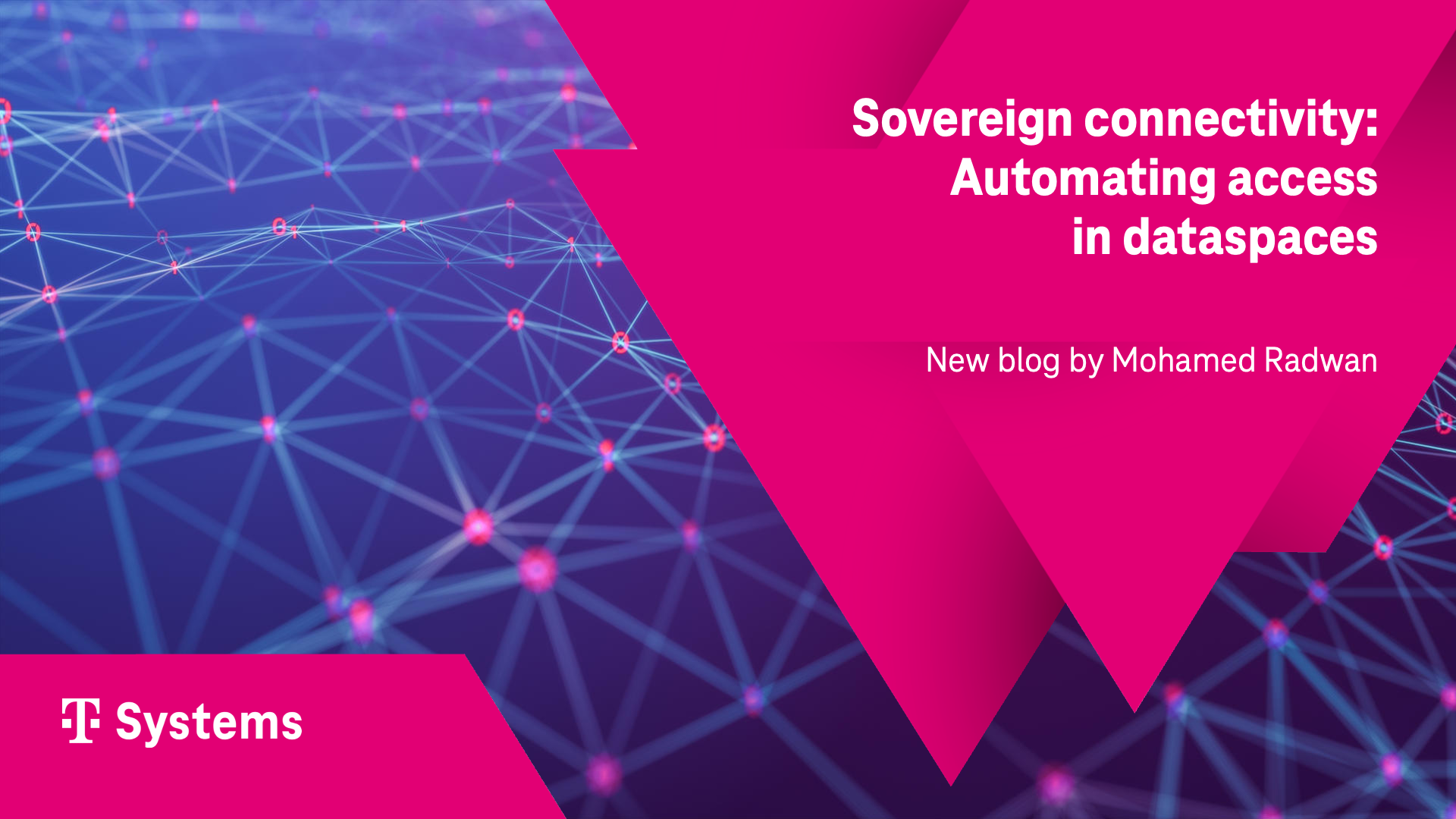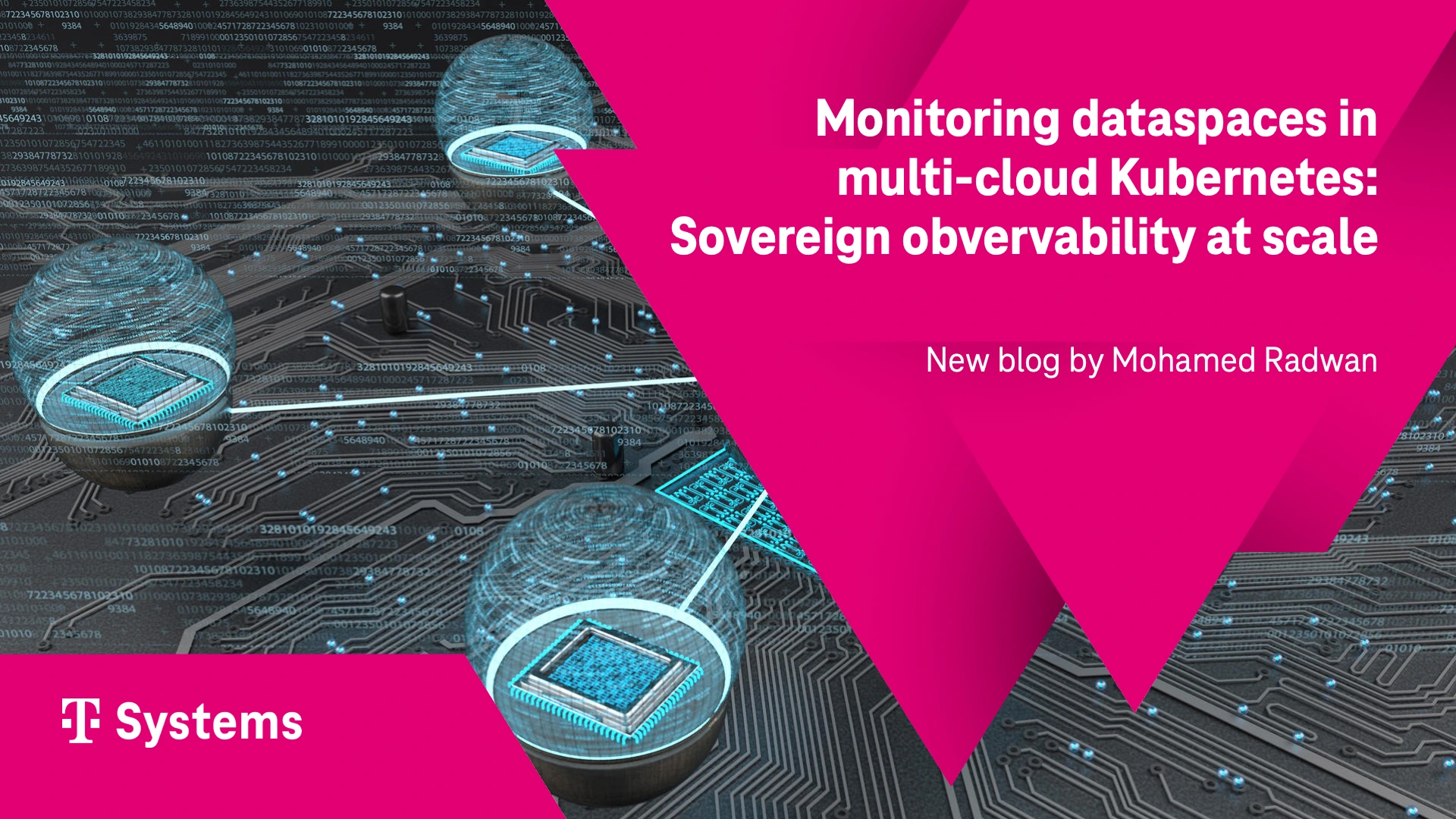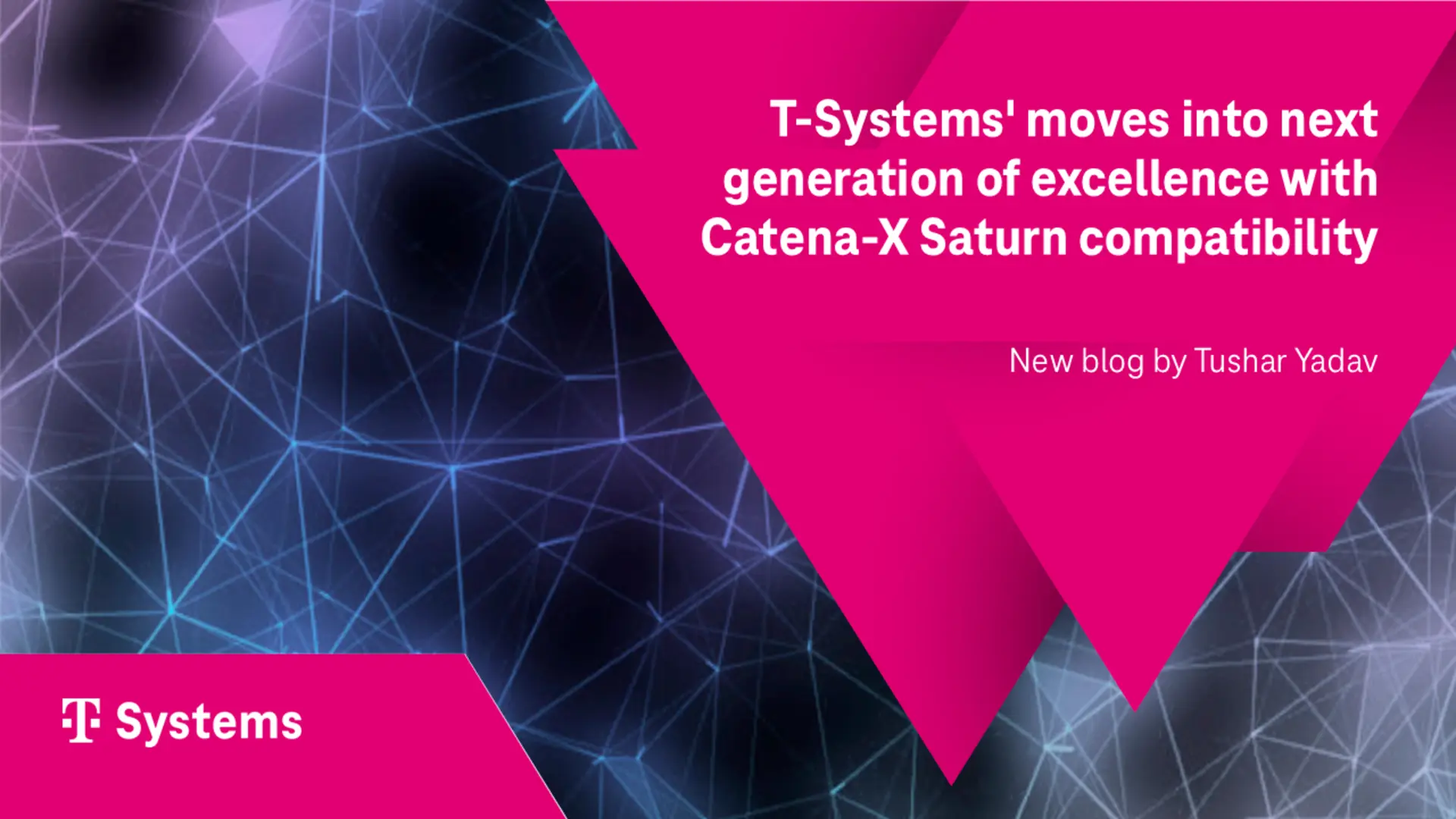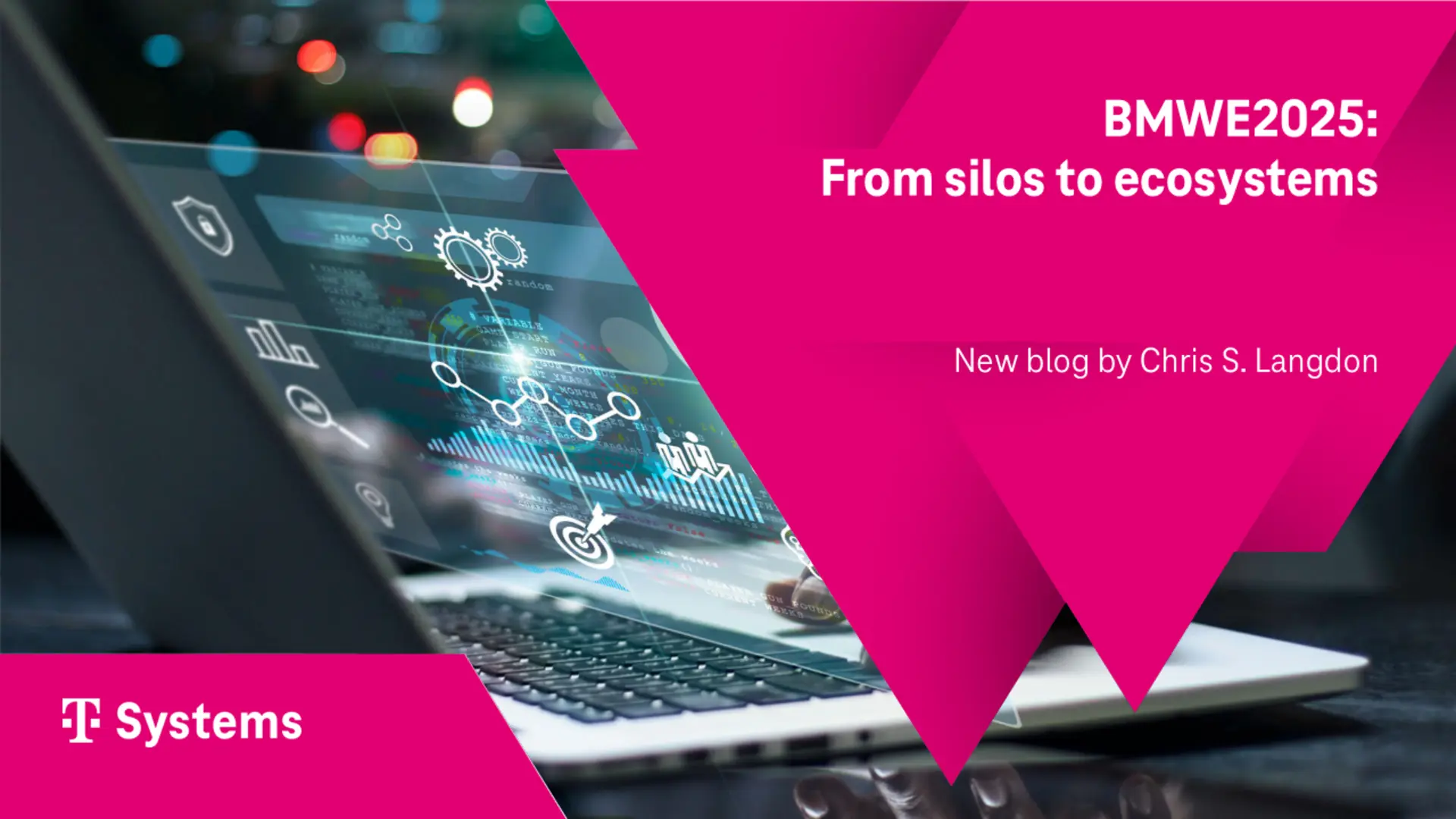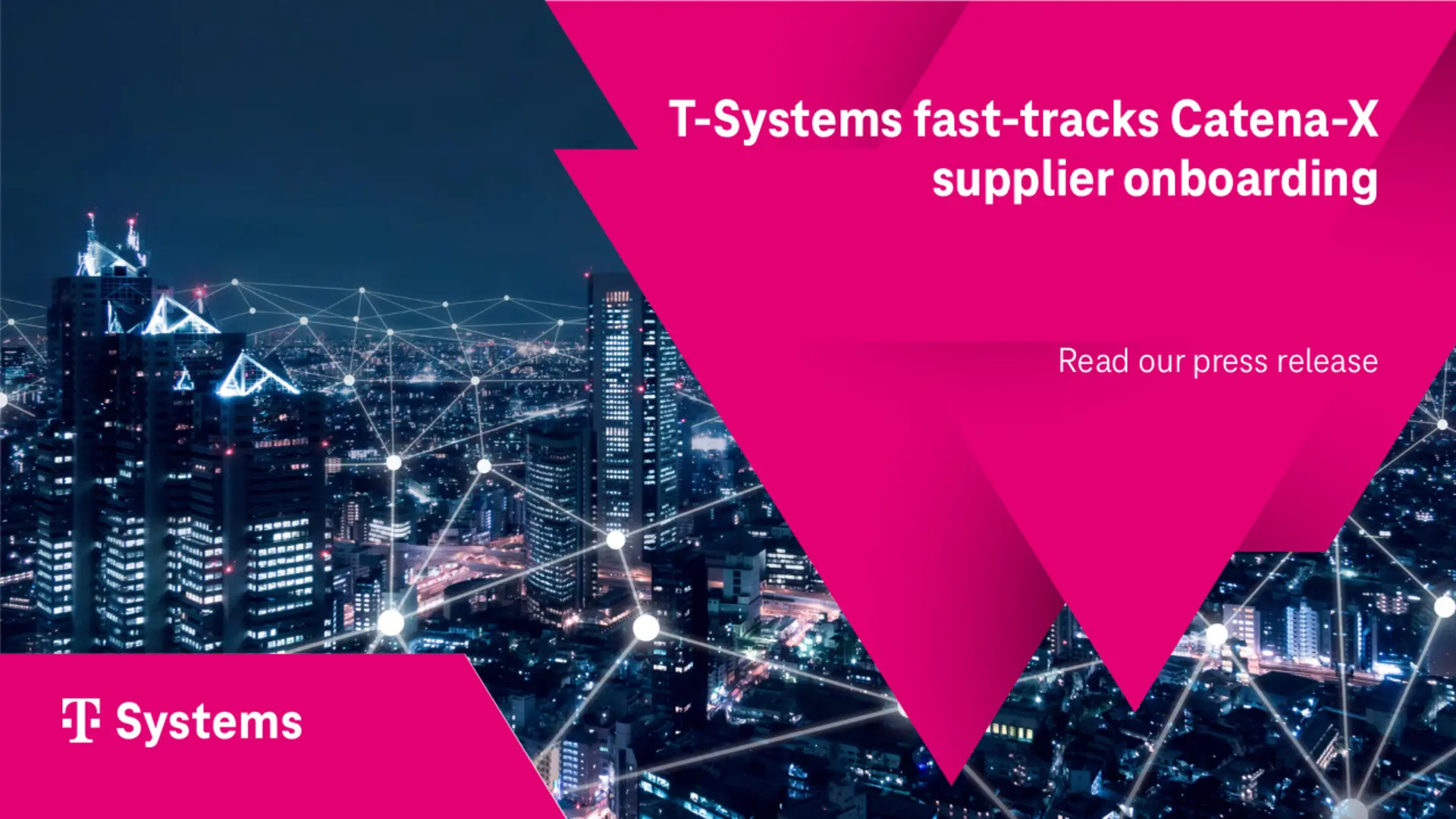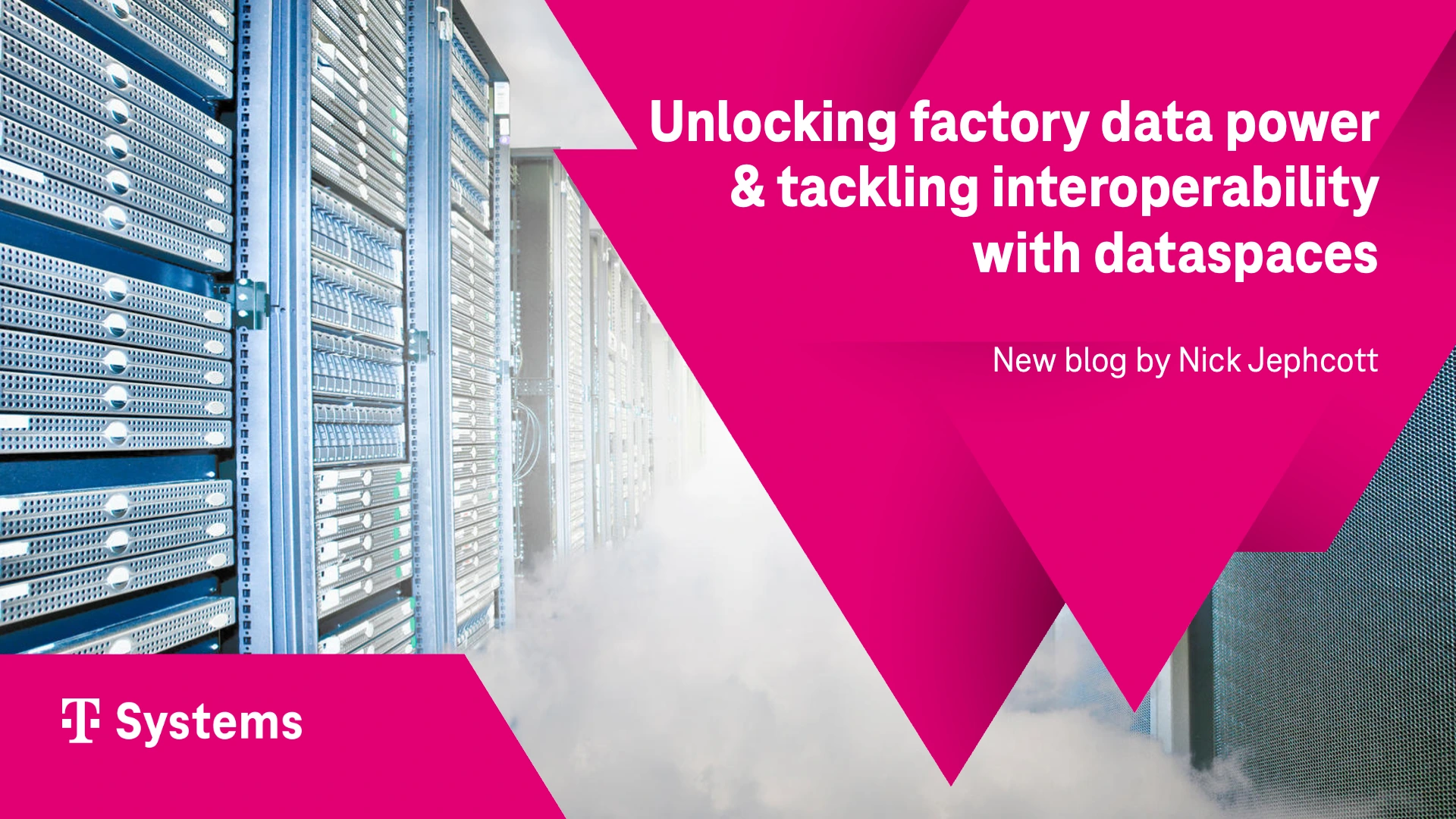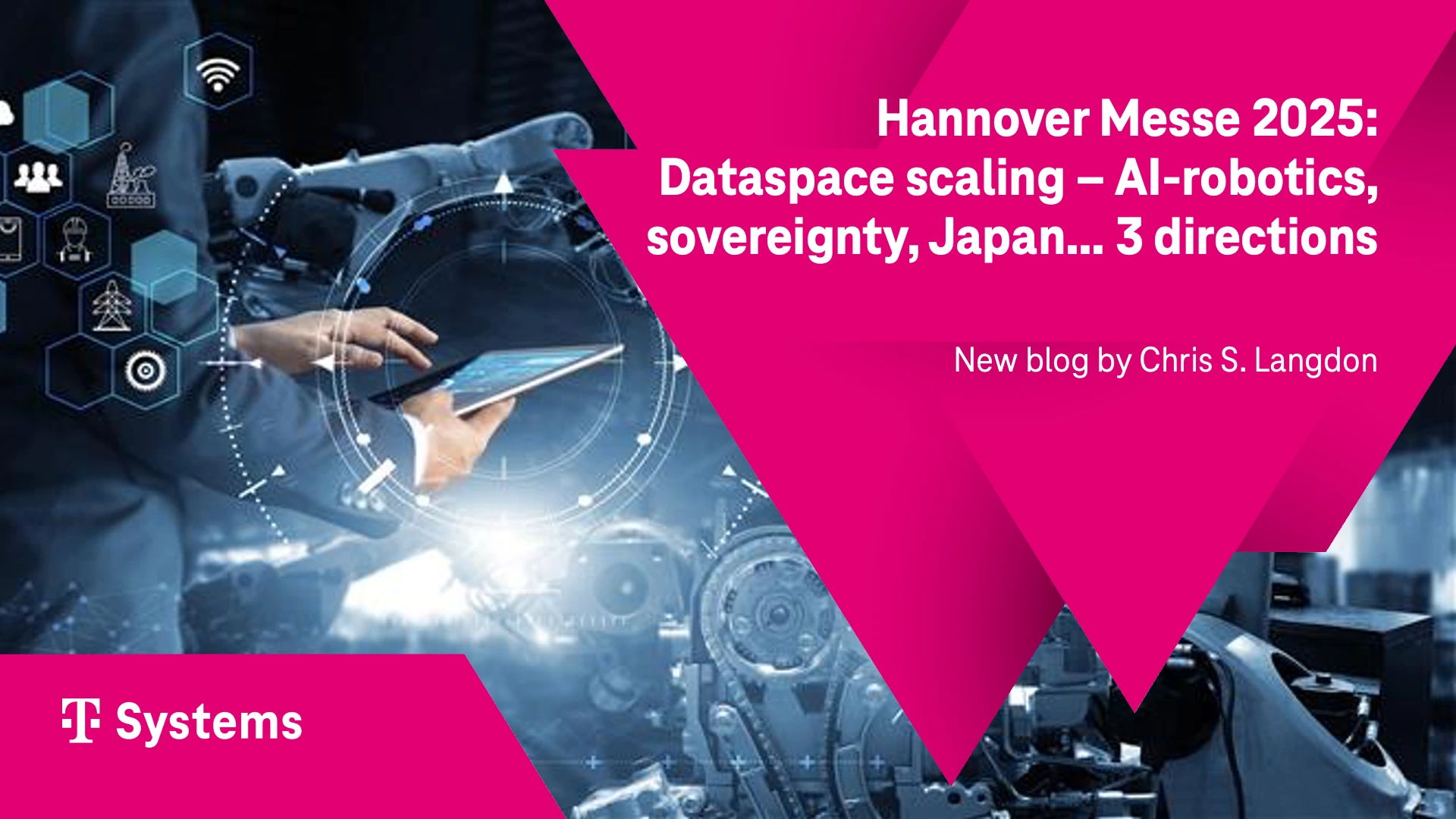The entertainment and media industry has experienced rapid growth in recent years, thanks to the ever-expanding reach of the internet and advancements in technology worldwide. This surge has led to the discovery of new forms of entertainment across the globe. In particular, the popularity of concerts and live events has soared, especially following the slowdown caused by the pandemic. People are now eager to travel, participate, and immerse themselves in these grand-scale experiences with friends and family, relishing the opportunity to meet new people while enjoying quality time together.
Growth of live event industry
Live entertainment offers precisely what people desire—a chance to unwind, connect, and create lasting memories. Its authenticity resonates deeply, leaving a profound emotional and mental impact on everyone involved. This authenticity contributes to an immersive and engaging experience, fostering a sense of closeness between the audience and their favorite artists, resulting in heightened satisfaction and happiness.
Figure 1: Revenue of live event market in Europe from 2017 to 2024
According to Figure 1, there has been a consistent increase in demand and subsequent revenue within the live event market in Europe over time. Music and sports stand out as the leading categories in terms of revenue generation and ticket sales, presenting a notable opportunity for event organizers to further explore the EU market and introduce a variety of events featuring different artists. In 2023, Germany alone generated over 3 billion USD in ticket sales, with this trend anticipated to continue growing in the upcoming years.
Challenges faced due to absence of relevant data
However, as the industry continues to expand, so do the challenges faced by event organizers in delivering exceptional experiences while efficiently managing resources. Planning for upcoming events requires meticulous attention to detail and careful allocation of limited resources such as capital, time, and labor.
Several prevalent challenges confront event organizers, beginning with the logistical intricacies of managing large crowds, frequently resulting in traffic delays and subpar arrival experiences for attendees. Furthermore, selecting suitable franchises and vendor outlets to align with attendee interests presents considerable hurdles. Equally important is effectively marketing the event through suitable channels and guaranteeing a seamless ticketing process to optimize attendance and engagement. Lastly, the specter of understaffing and overspending looms large, as event organizers may grapple with inadequate estimates of required labor to accommodate event attendance volumes effectively.
While event organizers encounter various other challenges, such as weather unpredictability and securing necessary licenses and approvals, addressing these four challenges can be greatly facilitated through the collection and analysis of relevant data. By leveraging simple analytics techniques, organizers can optimize resource allocation, streamline logistical operations, and enhance the overall attendee experience, ensuring the success of their events in an increasingly competitive landscape.
Data to the rescue
Data serves as a potent tool for business intelligence, driving growth across various industries today. Access to the right data, delivered at the right time, and in the appropriate quantity and quality, can yield effective outcomes, offering business owners enhanced visibility into their operations. In the live event market, the significance of data cannot be overstated. Organizers stand to gain considerable benefits from possessing valuable insights such as attendee counts from past events, demographic data, and travel origin information. These insights enable informed resource allocation and meticulous planning, facilitating the seamless delivery of experiences to attendees, artists, and organizers alike.
Introducing “Visitor Analytics” by Motion Data
Visitor Analytics is a data product that offers comprehensive insights into visitor movements and flows across any location in Germany. What it means, is this product is capable to delve into various visitation metrics like total unique visitor counts at daily and hourly level, demographic split of visitors into age groups and gender, information on visitor origin location and the registered network of visitors conveying information on roamer status. This data product is a part of Motion Data’s product suite by T-Systems International GmbH, which have various products based on anonymized and aggregated cellular data of mobile users connected on Deutsche Telekom’s network in Germany.
Visitor Analytics enables event organizers to analyze data via tailored reports or standardized product that results in data-driven decisions to conduct efficient live events in Germany. The insights are available in the form of processed datasets, as well as standard dashboards, that can provide visitor information based on said metrics above.
Figure 2: An excerpt from Visitor Analytics dashboard for an analysis of a location in Berlin for the month of January 2024
Figure 2 presents a sample illustrating the diverse insights attainable through the Visitor Analytics product. This visualization allows for a comprehensive evaluation of the fluctuations in unique visitor counts over days or weeks, enabling comparisons at both daily and hourly intervals. Such analysis offers valuable insights into the attendance levels at specific events held in the designated location during particular timeframes. On the right-hand side, a map view showcases the originating districts and the intensity of visitors traveling from various regions in Germany during the specified timeframe to the selected location. Moreover, this product not only provides origin information at the district level but also offers granularity, extending to municipalities and geographical areas measuring 500x500 meters. This versatile functionality equips event planners with the necessary insights to tailor targeted marketing strategies and establish essential logistical provisions. Consequently, this approach aids in managing public flows, mitigating traffic disruptions, and enhancing overall user experiences.
Additional value is provided to this product through its delivery platform. Accessible via the Telekom Data Intelligence Hub, it can be procured directly by reaching out to us or through our online ordering platform. Event organizers can seamlessly integrate into our reliable dataspace ecosystem, subscribing to this data to derive their unique insights.
Addressing the challenges outlined at the beginning of this article, let's explore how this product effectively resolves each one:
- Challenge 1: Logistical complexities leading to traffic delays and public movement disruptions.
Solution: By accessing visitation information from previous events and understanding general public flows in event areas, organizers gain insights into the anticipated number and origin of attendees. This data informs decisions regarding advisory releases and enables collaboration with public authorities to facilitate smooth movement for both attendees and regular traffic.
- Challenge 2: Selection of suitable vendors and retail outlets, and effective marketing for the event.
Solution: Visitor analytics provides valuable demographic insights, such as total visitor counts across various age groups and the gender distribution. Armed with this information, organizers can curate a selection of event vendors and retail outlets that align with attendee preferences and demographics. Additionally, demographic data guides the development of targeted marketing strategies tailored to specific age groups and genders, fostering heightened interest and awareness of the event.
- Challenge 3: Resource allocation based on estimated demand and controlled budgeting.
Solution: Visitor analytics offers insights into demand fluctuations over time, enabling optimal resource allocation. This includes deploying staff for crowd management, security, ticket checks, and facilitating safe navigation. Armed with this data, event organizers can proactively plan and explore cost-saving measures while ensuring adequate staffing levels to meet demand, ultimately enhancing the overall attendee experience.
In-person events represent invaluable opportunities for meaningful human connections, knowledge exchange, and brand engagement. However, in an era defined by data-driven decision-making, harnessing the power of data analytics is no longer optional but imperative for the success of these events. By integrating data analytics at every stage of event planning, execution, and evaluation, organizers can unlock unprecedented insights, maximize impact, and ensure the enduring relevance of in-person gatherings in an increasingly digital world.
References
Revenue of the live event market in Europe from 2017 to 2024, by category ;Statista ; link
Event tickets sales in Germany over the years; Statista Market insights ; link
Telekom Data Intelligence hub. (n.d.-c) Motion Data. Telekom Data Intelligence Hub
Telekom Data Intelligence hub. (n.d.-c) Digital.ID. Telekom Data Intelligence Hub





